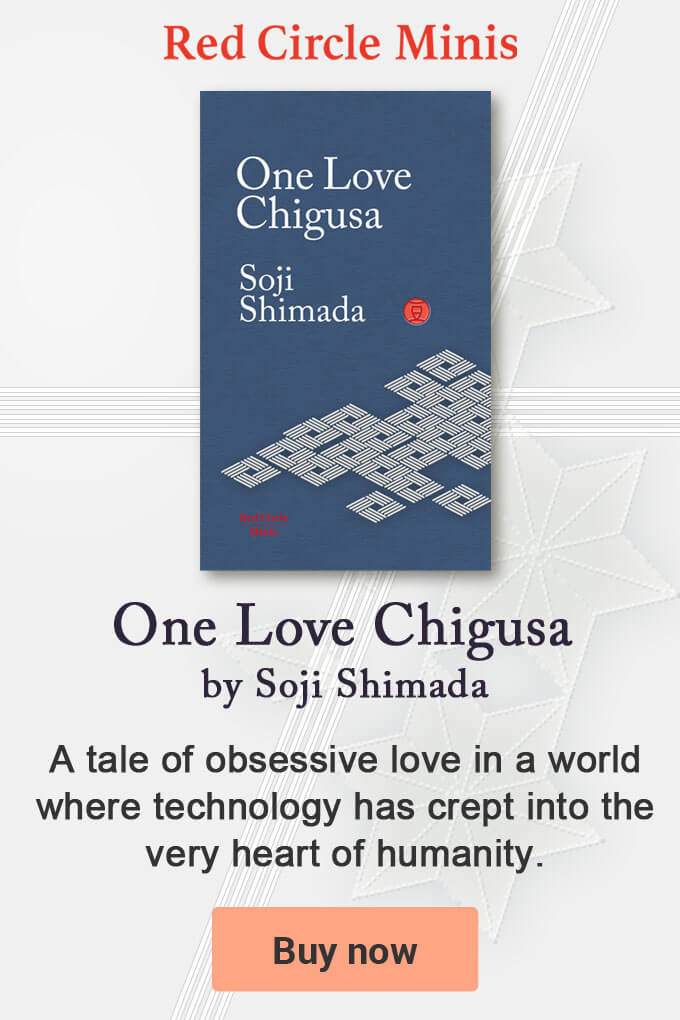Japan is often associated with suicide partly due to its Kamikaze pilots in World War II and stories about famous and loyal Samurai warriors and their legacy-making honorable deaths.
The Complete Manual of Suicide, Kanzen Jisatsu Manyuaru, by Wataru Tsurumi published in 1993 is, however, probably Japan’s best known and most successful book on the topic. The 198-page book, which details 11 categories of suicide from hanging to freezing, has sold more than a million copies. A publishing success that encouraged the author to issue an immediate follow-on second volume in 1994.
Research shows that at least 54 Japanese authors have committed suicide since 1900. This includes some of Japan’s most famous and highly-regarded authors and one of its two Nobel prize winners, Yasunari Kawabata (1899-1972), as well as Ryunosuke Akutagawa (1892-1927) after whom one of Japan’s most prestigious literary prizes is named. As well as Yukio Mishima (1925-1970) whose very public suicide helped cement his reputation as Japan’s most notorious author around the world.
That said, Japan does, in fact, have a higher suicide rate than many nations. According to OECD data, Japan’s suicide rate is 18.7 per 100,000 one of the world’s highest rates amongst the nations surveyed by the OECD, and about 60 percent higher than the world average, but behind South Korea, which has an even higher rate at 28.7.
An estimated 800,000 people commit suicide annually worldwide. In 2020 in Japan, according to initial figures at pixel time from the country’s health ministry, there were 21,077 cases of suicide.
So perhaps it is unsurprising that suicide is often portrayed in Japanese books, and popular media and often features as a plot motif in narrative fiction.
Two of the internationally best-known living Japanese authors Haruki Murakami and Banana Yoshimoto, amongst many other contemporary and historical Japanese storytellers, have featured deaths by suicide or attempted suicides in their works.
Suicide features in Murakami’s breakthrough 1987 novel Norwegian Wood, Noruwei no Mori, a tale about loss, coming-of-age and sexuality. Toru’s the book’s somewhat aimless protagonist is haunted by the suicide of his best friend Kizuki. Yoshimoto’s 1994 novel Amrita, amurita, the title of which is sanskrit for immortality, also features a suicide connected to the protagonist. In its case the protagonist’s sister, a substance-abusing actress.
Two other famous examples of suicide featuring works from two of the most renowned Japanese authors of the past include Natsume Soseki’s (1867-1916) Kokoro and No Longer Human, Ningen Shikkaku, by Osamu Dazai (1909-1948). The latter, published in 1948 is often cited by many of Japan’s most interesting and creative contemporary writers as their favourite book or one that had a huge influence on them. These two bestsellers top the nation’s book sales rankings.
The number of such publications and author deaths has made this a topic of academic enquiry with research papers being written on the topic such as ‘The Portrayal of Suicide in Postmodern Japanese Literature and Popular Media Culture’.
People often cite Japan’s long tradition of an ‘honourable suicide’ as one of the main reasons for the high rate and also the lack of the Christian concept of sin – suicide being one such sin. However, other important factors behind these tragic deaths include concerns over identity, the need to conform, self-sacrifice for others, marginalization, abuse, bullying, loneliness and disconnection, as well as economic concerns.
Japan has regulations and policies to prevent suicide and the rate had been falling. Something that experts have put down to the improving economy after Japan’s so-called post-economic bubble lost decades, but the rate is now sadly back on the increase, especially amongst school children.
The launch of the World Wide Web in 1989, four years before the publication of the bestseller The Complete Manual of Suicide, and the subsequent development of social media sites with the associated memes; as well as nefarious individuals that attract the attention of impressionable school children online and disseminate content about suicide, are no doubt factors in these dreadful numbers.

